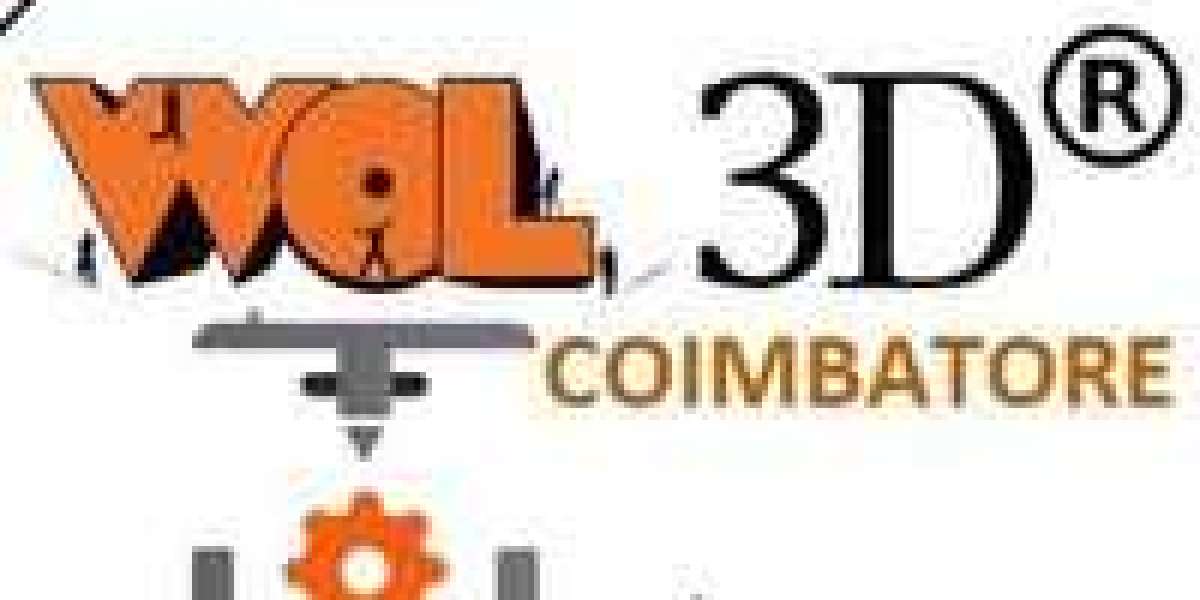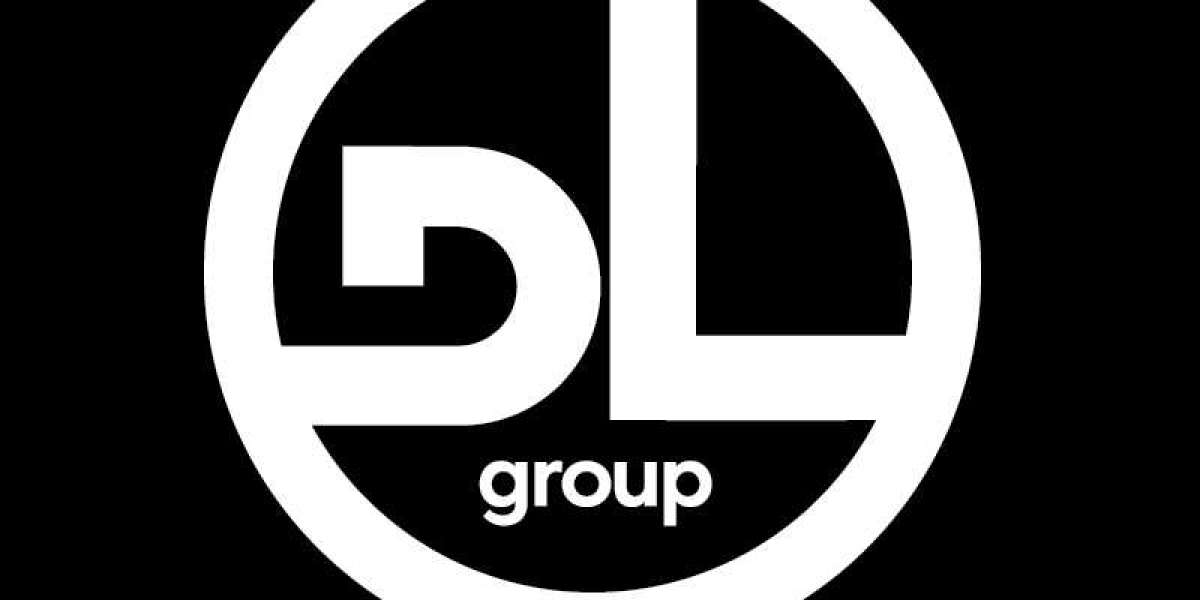In recent years, the protective clothing market has shown remarkable growth and resilience. In 2023, this market reached a value of approximately USD 9.57 billion. Forecasts indicate that the market will continue its upward trajectory, growing at a compound annual growth rate (CAGR) of 5.7% from 2024 to 2032, and is expected to attain a valuation of nearly USD 15.75 billion by 2032. This blog will delve into various aspects of the protective clothing market, providing an overview, insights into market size and trends, segmentation, market share, growth, detailed analysis, forecasts, and competitor analysis.
Protective Clothing Market Size
In 2023, the protective clothing market size was valued at approximately USD 9.57 billion. This significant market size is a testament to the growing demand across industries such as healthcare, manufacturing, oil and gas, construction, and mining. The market’s robust growth trajectory is expected to continue, driven by technological advancements in fabric materials and the rising need for enhanced worker protection.
Protective Clothing Market Trends
Several key trends are shaping the protective clothing market:
Technological Advancements: Innovations in fabric technology, such as the development of smart textiles and nanomaterials, are enhancing the protective properties of clothing.
Sustainability: There is a growing emphasis on sustainable and eco-friendly protective clothing solutions, driven by environmental concerns and regulatory pressures.
Customization: Increasing demand for customized protective clothing tailored to specific industry needs and individual body measurements.
Stringent Regulations: Enhanced safety regulations across various industries are driving the demand for high-quality protective clothing.
Protective Clothing Market Segmentation
The protective clothing market can be segmented based on several factors:
Material Type
Aramid and Blends
Polyolefin and Blends
Polybenzimidazole (PBI)
Cotton Fibres
Laminated Polyesters
Others
Application
Thermal
Mechanical
Chemical
Biological/Radiation
Others
End-use Industry
Oil and Gas
Construction and Manufacturing
Pharmaceuticals/Medical
Military and Defence
Firefighting
Others
Region
North America
Europe
Asia-Pacific
Latin America
Middle East Africa
Get a Free Sample Report with Table of Contents
Protective Clothing Market Share
The market share of protective clothing is distributed across various sectors, with healthcare and manufacturing being the dominant end-users. North America and Europe collectively hold a significant market share due to strict safety regulations and high awareness levels regarding workplace safety. The Asia-Pacific region is emerging as a lucrative market, driven by rapid industrialization and increasing investments in worker safety.
Protective Clothing Market Growth
The protective clothing market is projected to grow at a CAGR of 5.7% from 2024 to 2032. This growth is attributed to several factors:
Rising Workplace Safety Awareness: Increasing awareness about the importance of workplace safety is driving the demand for protective clothing.
Industrial Expansion: The rapid expansion of industries such as construction, oil and gas, and healthcare in developing regions.
Technological Innovations: Continuous advancements in protective clothing materials and designs.
Government Regulations: Stringent government regulations mandating the use of protective clothing in hazardous work environments.
Protective Clothing Market Analysis
An in-depth analysis of the protective clothing market reveals that the healthcare sector is one of the fastest-growing end-users, primarily due to the COVID-19 pandemic, which underscored the critical need for personal protective equipment (PPE). The manufacturing sector also exhibits strong growth potential, driven by the increasing adoption of automation and stringent safety standards.
Protective Clothing Market Forecast
The protective clothing market is set to experience robust growth from 2024 to 2032, with a projected compound annual growth rate (CAGR) of 5.7%. This growth trajectory will see the market’s value rise from approximately USD 9.57 billion in 2023 to nearly USD 15.75 billion by 2032. Several factors are driving this expansion.
Competitor Analysis
DuPont de Nemours, Inc.: DuPont is a pioneer in the protective clothing market, known for its high-quality products such as Tyvek® and Nomex®. These materials provide exceptional protection against chemical, thermal, and mechanical hazards. DuPont’s strong focus on research and development ensures continuous innovation in protective solutions.
Glen Raven, Inc.: Glen Raven specializes in technical textiles, offering advanced protective fabrics that are both durable and comfortable. Their flagship product, GlenGuard®, is widely used in industrial safety applications. Glen Raven’s commitment to quality and performance has established it as a trusted name in the market.
Koninklijke Ten Cate B.V.: TenCate is renowned for its high-performance fabrics used in protective clothing. Their products are designed to meet stringent safety standards and provide excellent protection against a wide range of hazards. TenCate’s innovative approach and dedication to sustainability make it a key player in the industry.
Lakeland Industries Inc.: offers a comprehensive range of protective clothing, including disposable, chemical, and fire-resistant garments. Known for their high-performance and reliable products, Lakeland caters to various industries such as healthcare, oil and gas, and firefighting. Their focus on safety and innovation drives their market success.
3M Company: 3M is a global leader in personal protective equipment (PPE), including protective clothing. Their products are designed to enhance worker safety and comfort, incorporating advanced materials and technologies. 3M’s extensive distribution network and strong brand reputation contribute to their significant market presence.
Others: The protective clothing market also includes several other notable players who contribute to its growth and diversity. These companies focus on niche markets, innovative materials, and customized solutions to meet specific industry needs. The collective efforts of these companies drive the overall market expansion and innovation.
Read Full Report with Table of Contents
FAQ
Q.What is protective clothing?
Protective clothing refers to garments designed to protect the wearer from environmental, chemical, and physical hazards.
Q.Why is the protective clothing market growing?
The market is growing due to increasing awareness about worker safety, stringent regulations, industrial expansion, and technological advancements.
Q.Which industries are the major users of protective clothing?
Major users include healthcare, construction, manufacturing, oil and gas, and mining industries.
Explore More:
handicraft market
pervious pavement market
Media Contact:
Company Name: Claight Corporation
Contact Person: Emily Jacks, Business Consultant
Email: [email protected]
Toll Free Number: US +1-415-325-5166 | UK +44-702-402-5790
Address: 30 North Gould Street, Sheridan, WY 82801, USA
Website: www.expertmarketresearch.com








